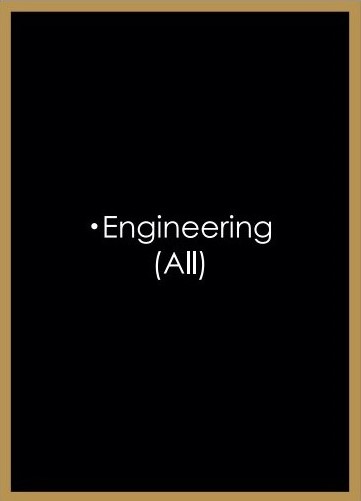What Determines an Algebraic Variety?
Breve Descripción
Uno de los mayores logros de las matemáticas del siglo XIX fue la prueba de que la geometría de las líneas en el espacio determina de manera única las coordenadas cartesianas, salvo una ambigüedad lineal. ¿Qué determina una variedad algebraica? desarrolla una versión no lineal de esta teoría, ofreciendo la primera generalización no lineal del trabajo seminal de Veblen y Young en un siglo. Poniendo la geometría primero en la geometría algebraica, el libro proporciona una nueva perspectiva sobre un teorema clásico de importancia fundamental para una amplia gama de campos de las matemáticas.
Breve descrição
Uma das maiores conquistas da matemática do século XIX foi a prova de que a geometria das linhas no espaço determina exclusivamente as coordenadas cartesianas, exceto uma ambigüidade linear. O que determina uma variedade algébrica? desenvolve uma versão não linear desta teoria, oferecendo a primeira generalização não linear do trabalho seminal de Veblen e Young em um século. Colocando a geometria em primeiro lugar na geometria algébrica, o livro oferece uma nova perspectiva sobre um teorema clássico de importância fundamental para uma ampla gama de campos da matemática.
Full description
One of the crowning achievements of nineteenth-century mathematics was the proof that the geometry of lines in space uniquely determines the Cartesian coordinates, up to a linear ambiguity. What Determines an Algebraic Variety? develops a nonlinear version of this theory, offering the first nonlinear generalization of the seminal work of Veblen and Young in a century. While the book uses cutting-edge techniques, the statements of its theorems would have been understandable a century ago; despite this, the results are totally unexpected. Putting geometry first in algebraic geometry, the book provides a new perspective on a classical theorem of fundamental importance to a wide range of fields in mathematics.
Starting with basic observations, the book shows how to read off various properties of a variety from its geometry. The results get stronger as the dimension increases. The main result then says that a normal projective variety of dimension at least 4 over a field of characteristic 0 is completely determined by its Zariski topological space. There are many open questions in dimensions 2 and 3, and in positive characteristic.
Formal Science
otras áreas de / interés...
other areas of / interest...
outras áreas de interesse...
¿Buscas un título en un área específica?
Looking for books in a specific area?
¿Procurando livros em uma área específica?














